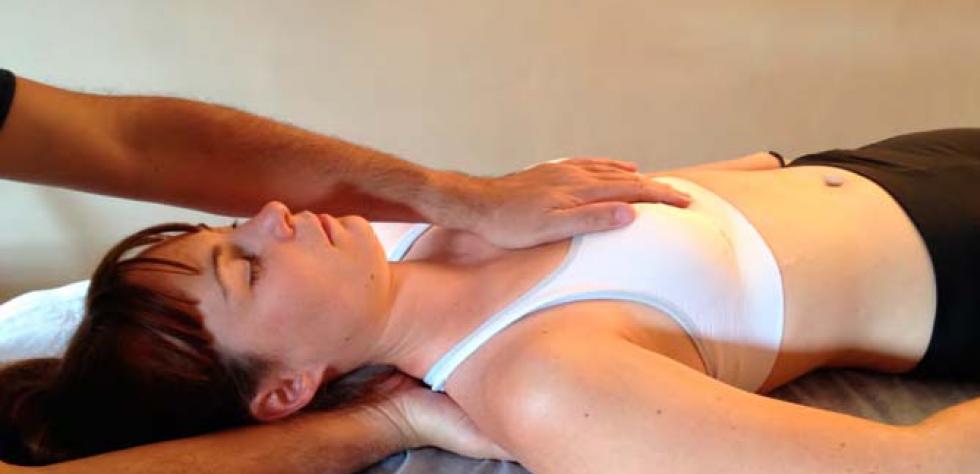Background
Fascia is richly endowed with sensory nerve endings, including nociceptors. Soft tissue manipulations are often used to alleviate pain [3]. DBM fasciatherapy is a soft tissue manual therapy, and a body∕mind integrated approach, which has been successfully used to improve fibromyalgia patients’ experience of pain. This study aimed to explore the practitioners' perspective on the effectiveness of DBM fasciatherapy on pain.
Method
This study surveyed 446 French physiotherapists who where also trained DBM fasciatherapists. An online (website) survey was conducted using a self-administered, customized, non-validated questionnaire.
It had two closed questions (Likert scale) to evaluate improvements (1. No improvement, 2. Little improvement, 3. Important improvement, 4.Very important improvement) in their opinion, about the effectiveness of reduction in physical and mental pain.
It had also two open question about for which type(s) of pain there was most and less improvement. Respondents were able to give a maximum of 6 responses and were able to answer "none".
Results
Only the 238 (53%) fully completed forms were analysed.
1. Physical and suffering pain improvement
| Replies |
Physical Pain n |
Physical Pain % |
Mental Suffering n |
Mental Suffering % |
| No improvement (1) | 0 | 0 | 2 | 0,8% |
| Little improvement (2) | 10 | 4,2% | 36 | 15,1% |
| Important improvement (3) | 144 | 60,5% | 105 | 44,1% |
| Very important improvement (4) | 84 | 35,3% | 95 | 39,9% |
| Total | 238 | 100% | 238 | 100% |
2. Most improved Pathologies
All respondents indicated having noticed an improvement on at least one pathology. 51.5% (n = 129) of them report not having improvement on at least one condition. We can estimated that 46% (n = 109) of respondents obtained an improvement in all the pathologies they face in their daily practice.
Their opinion of improvement was the best for : headaches (n=110, 46.2%), neck pain (n=82, 34.5%), acute low back pain (n=76, 31.9%), chronic low back pain (n=47, 19.7%), and migraines (n=37, 15.5%)
Conclusion
DBM Fasciatherapy practioners significantly improve their efficiency both physical pain and mental suffering confirming the body∕mind dimension of this manual therapy. This study highlights which types of pain appear to improve most the physiotherapist practice and particulary shows a characteristic effectiveness on pain of spinal and head.
This study confirms the interest of physiotherapists for fascia in the treatment of musculoskeletal diseases and shows that DBM fasciatherapy could improve physiotherapists' effectiveness.





